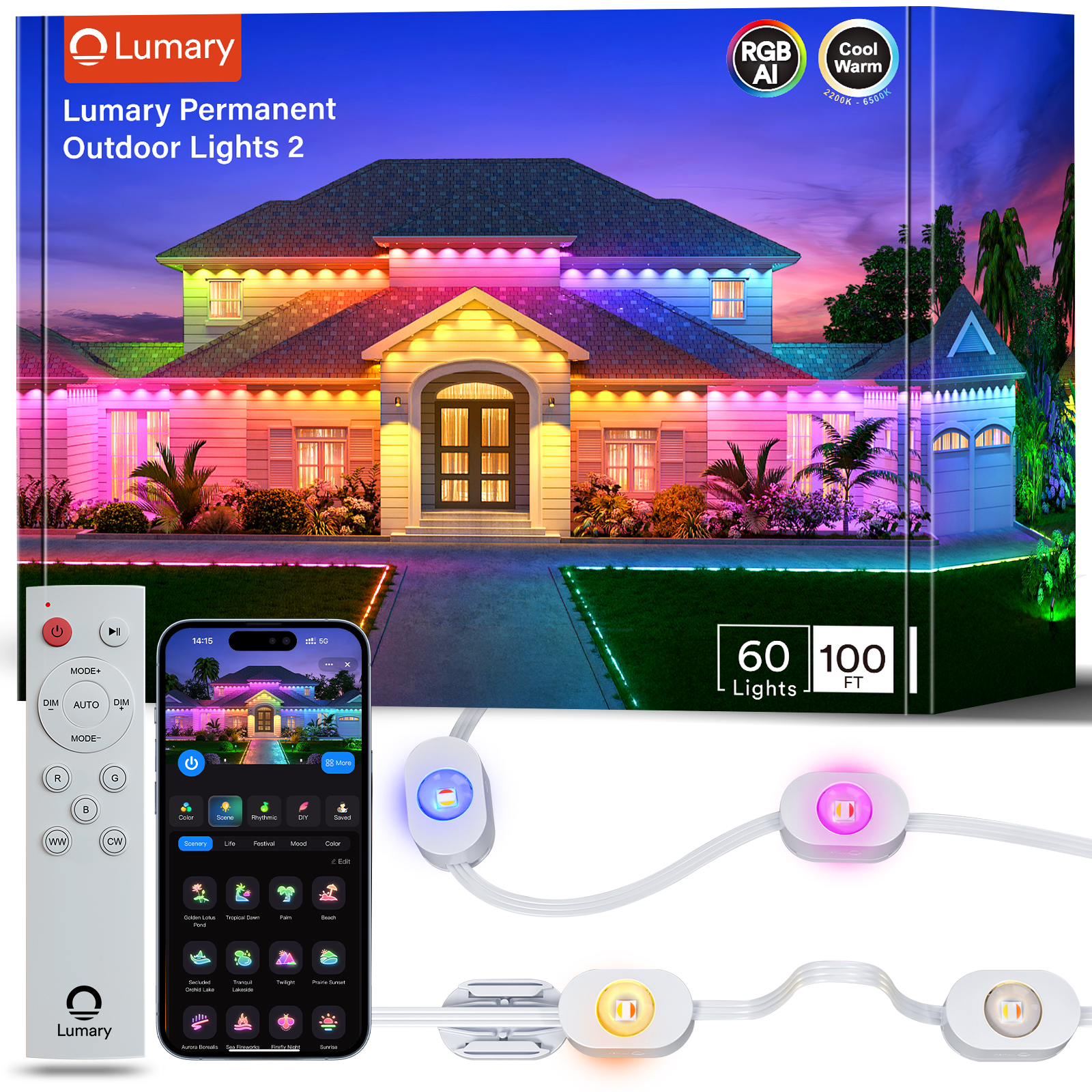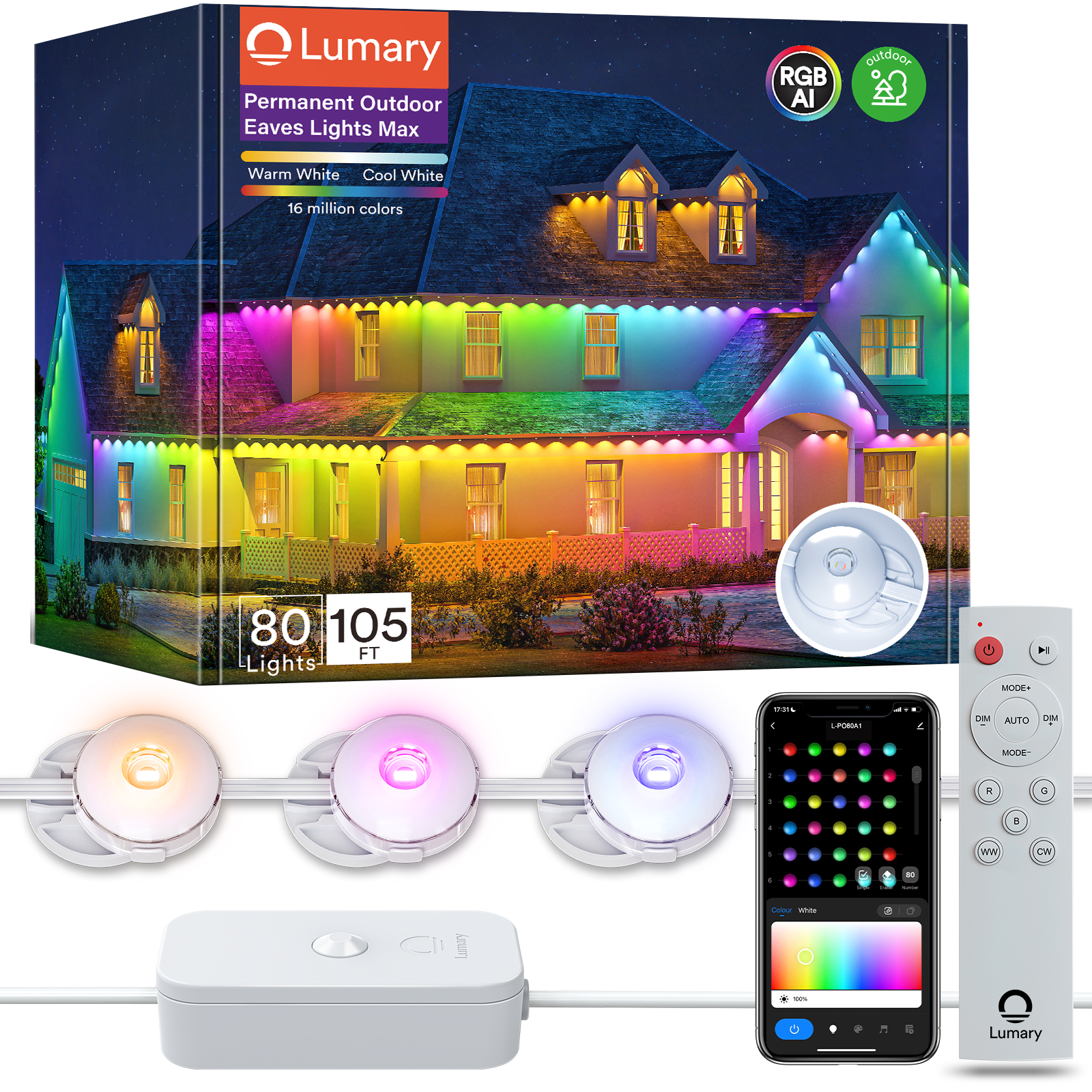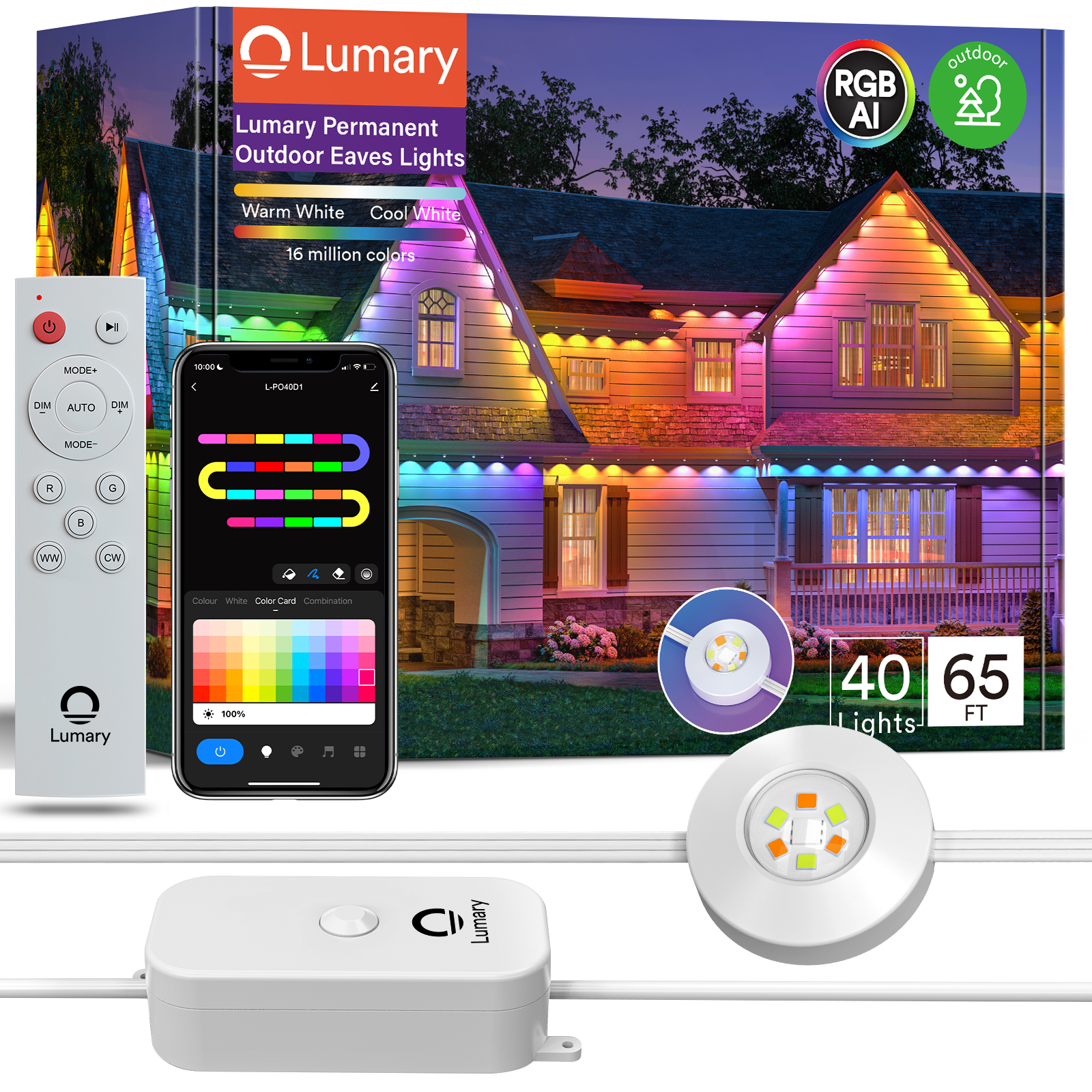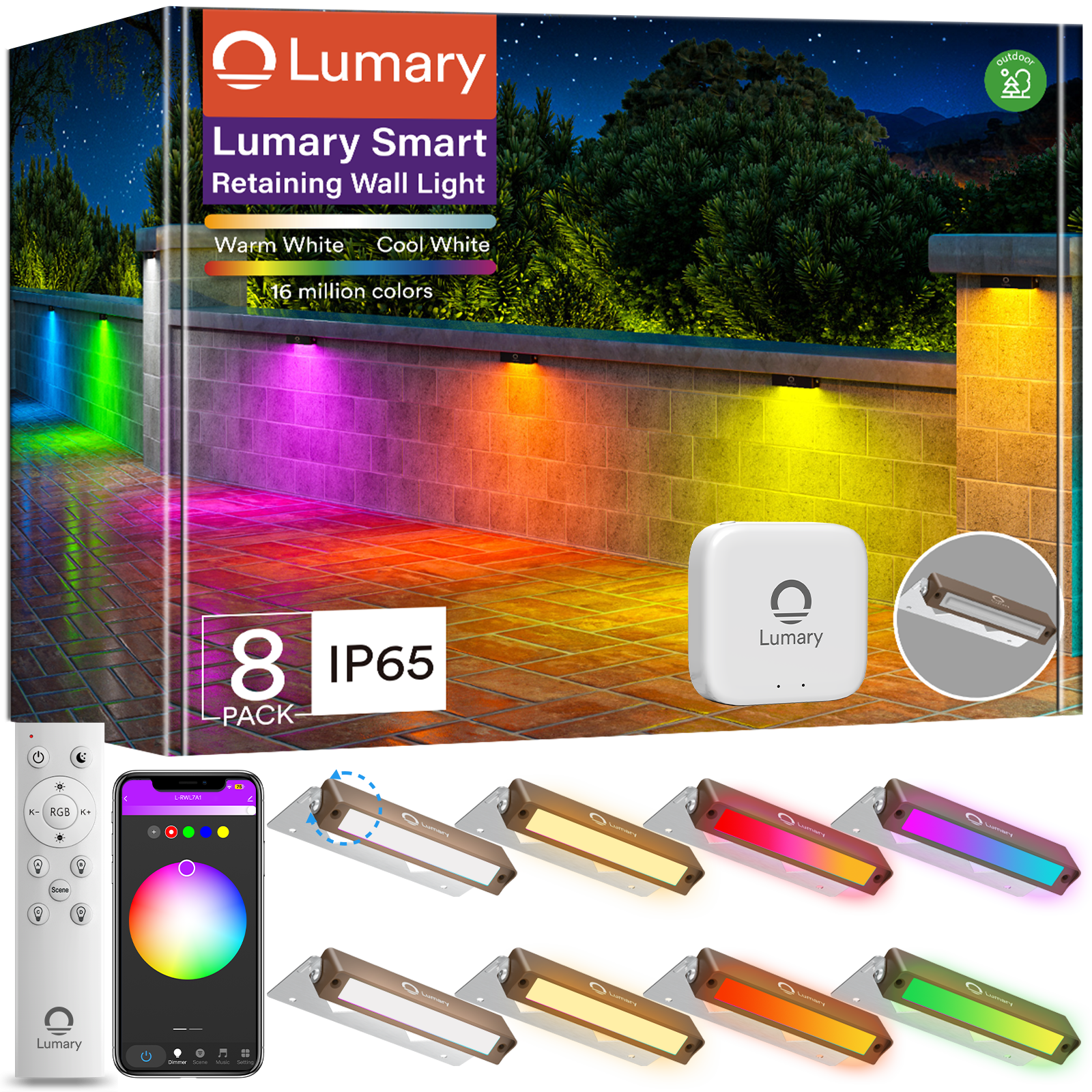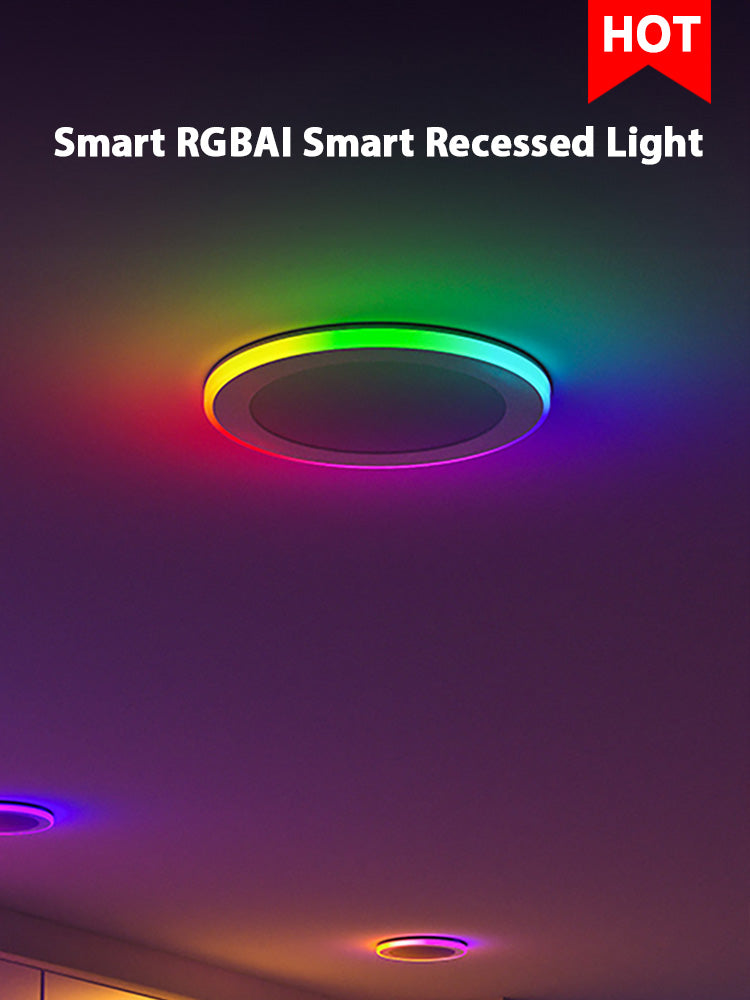Recessed lights are special because you put them inside the ceiling or wall. The lights look smooth and modern. They fit in well and do not take up space. This makes pot lights good for any room. You only see the part that gives off light. The rest is hidden by the housing, trim, and bulb. Many people pick pot lights for these reasons:
-
Pot lights give even light and look simple.
-
LED recessed lights use much less energy and last longer.
-
You can link pot lights to smart home systems for easy use.
-
You can change the color temperature to make the light feel better.

Key Takeaways
-
Recessed lights sit flat inside ceilings or walls. They save space and make rooms look neat and modern.
-
LED bulbs in recessed lights use less energy. They last longer and help keep your home safe and cool.
-
You can pick different trims for these lights. Trims let you change the light’s direction, brightness, and style for any room.
-
Recessed lights are good for many places. You can use them in living rooms, kitchens, bathrooms, and stores.
-
Safety is important. Always turn off the power before you install them. If you are not sure, ask a professional for help.

Recessed Lights Design
Housing, Trim, and Bulb
When you look at pot lights, you see a simple design, but each recessed fixture has three main parts that work together. Here is how each part helps the light fixture do its job:
-
Housing: This part sits inside your ceiling or wall. It holds everything in place and keeps the fixture safe. You choose the housing based on whether you are building a new room or updating an old one.
-
Trim: This is the only part you see when you look up. The trim covers the edge of the hole and shapes how the light comes out. You can pick trims that cut down on glare, make the light brighter, or point the light in a certain direction. The trim gives pot lights their clean look.
-
Bulb: The bulb gives off the light. You can use different types, like LED, incandescent, or CFL. The bulb you pick changes how much energy you use and what kind of mood the room has.
Tip: If you want to save energy and get a long-lasting glow, choose LED bulbs for your recessed fixtures.
Flush Installation
Recessed lights stand out because they sit flush with your ceiling or wall. You do not see any bulky parts hanging down. Only the trim and the light shine through. This design makes pot lights perfect for rooms with low ceilings or where you want a modern, open feel.
Here is a quick look at how recessed fixtures compare to surface-mounted lights:
|
Aspect |
Recessed Lights (Flush Installation) |
Surface-Mounted Fixtures (Flush Mount) |
|---|---|---|
|
Installation |
Inside the ceiling, needs a hole |
On top of the ceiling, easier to put in |
|
Visual Impact |
Sleek, modern, only trim shows |
Fixture is visible, more decorative |
|
Space Utilization |
Saves space, great for low ceilings |
Also saves space, but more noticeable |
|
Lighting Type |
Focused, directional, highlights areas |
Spreads light evenly over a big space |
|
Maintenance |
Harder to reach, hidden parts |
Easy to reach and clean |
|
Style Variety |
Simple, minimalist look |
Many styles and designs |
|
Suitability |
Best for modern, low-profile needs |
Good for general and decorative lighting |
You get a smooth ceiling with no clutter when you use recessed lighting. This makes your room feel bigger and more open. Pot lights blend in, so you can focus on your furniture and decor.
Downlight Effect
Pot lights, also called downlights or canned lights, shine light straight down. This creates a bright spot on the floor or on a table. You can use downlights to highlight a piece of art, a kitchen counter, or a reading nook. Recessed lighting gives you control over where the light goes. You can space out the pot lights to cover a whole room or use just a few to make certain spots stand out.
Modern design trends love recessed lighting because it keeps your ceiling clean and uncluttered. You get even, balanced light without big fixtures getting in the way. Advances in LED technology make recessed fixtures even better. Now, you can dim your lights, save energy, and even connect them to smart home systems. Pot lights fit almost any style, from modern to rustic, and help you create a space that feels open and welcoming.
Types of Recessed Lighting
Trim Styles
You can pick from many trim styles for pot lights. Each trim changes how your recessed lighting looks and works. The trim sits at the edge and shapes the light. Here is a table that shows popular trim styles and what they do:
|
Trim Style |
Description & Effect on Lighting |
Impact on Room Appearance & Ambiance |
|---|---|---|
|
Baffle Trim |
Ribbed inside cuts down glare and gives soft light |
Makes rooms warm and cozy; good for bedrooms, living rooms, dining; helps with accent lighting |
|
Reflector Trim |
Shiny surface makes light brighter and points it down |
Great for kitchens and work areas; helps you see better; can cause glare if not placed right |
|
Eyeball Trim |
You can move and tilt the light to highlight things |
Lets you change where the light goes; makes rooms interesting; needs careful placement to stop glare |
|
Gimbal Trim |
You can turn the light in many directions |
Works well for sloped ceilings, stores, galleries; makes cool lighting effects; good for home theaters |
|
Shower Trim |
Sealed and safe for wet places like bathrooms |
Needed for showers and bathrooms; helps the room look bigger and nice; keeps water out |
|
Trimless Trim |
Sits flat with the ceiling for a smooth look |
Gives a simple style; best for modern rooms; blends in with the ceiling |
These trim styles help you match your recessed lighting to any room. For example, baffle trims are great for bedrooms. Shower trims keep bathrooms safe and stylish.
Bulb Options
You have different bulb choices for pot lights. Each type changes how bright the light is, how much energy you use, and how often you need new bulbs. Here are the main types:
-
LED bulbs: Use less energy than other bulbs. They last up to 25,000 hours or more. They stay cool and come in many colors.
-
Halogen bulbs: Use more energy and do not last as long as LEDs. They get hot and need to be replaced more often.
-
Incandescent bulbs: Use the most energy and do not last long.
-
CFL bulbs: Use less energy than incandescent bulbs but do not last as long as LEDs.
Tip: LED recessed lights are just as bright as other bulbs but use much less energy. You save money and do not need to change bulbs often.
LED Recessed Lighting
LED recessed lights are very popular in homes and businesses. They give bright, even light and use little energy. These lights last much longer than halogen or incandescent bulbs. You can save a lot of money on your energy bills by using LED recessed lighting. The bulbs stay cool, so your home is safer and more comfortable.
LED recessed lights work with dimmers and smart controls. You can set the mood or save more energy with motion sensors. Because LED recessed lights spread light well, you often need fewer fixtures. This makes them a smart and eco-friendly choice for any recessed lighting.

Unique Benefits
Space-Saving
You want your room to feel open and nice. Pot lights help because they sit flat in the ceiling or wall. You do not see any big lights hanging down. This keeps your ceiling smooth and neat. Pot lights are great for bedrooms with low ceilings or small spaces. You can use them in attics and basements where space is tight. Pot lights do not hang down like chandeliers or pendant lights. Your room looks bigger and feels more modern.
Tip: Pot lights make small bedrooms, attics, and basements look and feel bigger. You get a simple, clean look that fits any style.
Here are some places where recessed lighting saves space:
-
Bedrooms with low ceilings
-
Small bedrooms
-
Attics
-
Basements
Pot lights blend into the ceiling, so you can focus on your furniture and decorations. You get more space to move around and set up your room.
Versatility
Pot lights let you change your design easily. You can use recessed lighting for many things. You can put them to light up the whole room, show off art, or make a cozy reading spot. Pot lights work for general, task, or accent lighting. You can put them in kitchens, living rooms, bathrooms, hallways, and even outside.
Recessed lighting fits almost any room. You can use special trims to point light at a painting or use wall wash trims to light up a wall. Pot lights work in wet places like showers and covered patios. You get a clean look and can change the mood with dimmers or smart controls.
Here is a table showing special uses for recessed lighting:
|
Type of Recessed Lighting Trim |
Unique Application |
|---|---|
|
Adjustable/Gimbal Trim |
Highlight artwork or architectural features |
|
Lens/Shower Trim |
Safe lighting in showers and wet areas |
|
Wall Wash Trim |
Evenly light walls for displays or textures |
Pot lights are good for stores and offices too. Offices use recessed lights for regular lighting. Stores use them to show off products. Museums and galleries use pot lights to show art without glare. You get a flexible choice that works for many needs.
Energy Efficiency
You want to save money and help the planet. Pot lights with LED bulbs are very energy efficient. LED recessed lights use much less power than old bulbs. For example, a regular recessed bulb uses about 75 watts. An LED recessed light uses only 12 watts. You can use up to 90% less energy if you switch to LED recessed lights.
Note: LED recessed lights last longer and use less energy. You save money on your electric bill and do not need to change bulbs often.
Many energy-saving recessed lights have special labels. These labels help you pick safe and good fixtures. Here is a table with common labels:
|
Certification/Rating |
Purpose/Focus |
Relevance to Energy-Efficient Recessed Lighting Products |
|---|---|---|
|
ENERGY STAR |
Strict energy efficiency and performance standards set by the U.S. EPA |
Confirms energy savings, quality light output, color consistency, and durability |
|
Design Lights Consortium (DLC) |
Performance and energy efficiency standards for commercial lighting; qualifies for rebates |
Validates high performance and energy efficiency, often required for commercial rebates |
|
ETL Listing |
Safety compliance certification, especially for hazardous locations |
Ensures safe use in environments with fire or explosion risks |
|
RoHS Compliance |
Restricts hazardous substances in electronics for environmental safety |
Guarantees environmentally responsible manufacturing and disposal |
|
IC (Insulated Contact) Rating |
Certifies safe contact with insulation to prevent fire hazards |
Important for recessed fixtures installed in insulated ceilings |
|
Damp and Wet Location Ratings |
Indicates suitability for moisture-prone environments |
Ensures recessed lights can be safely used in bathrooms, covered patios, or outdoors |
You can look for these labels when you buy pot lights. You get peace of mind and better energy savings. Pot lights with LED bulbs help you lower your bills and protect the earth.

How to Install Recessed Lights
Tools Needed
You need special tools to put in recessed lights. These tools are not always used for other lights. Here is what you need:
-
Drill
-
Drywall saw or hole saw for ceiling holes
-
Dust mask
-
Electrical tape
-
Electrical wire and wire nuts
-
Ladder
-
Measuring tape
-
Pencil
-
Recessed light fixtures with housing, trim, and bulbs
-
Safety glasses
-
Work gloves
-
Screwdriver
-
Stud finder
-
Voltage tester
-
Wire strippers
You use a drywall saw or hole saw to cut the ceiling. The stud finder helps you find joists and wires. These tools make this job different from putting up other lights. Get all your tools ready before you start. This makes the work easier and safer.
Safety Tips
You must be safe when you put in recessed lights. Follow these tips to keep yourself and your home safe:
-
Turn off the power at the breaker before you start.
-
Use a voltage tester to check that wires are not live.
-
Wear gloves and safety glasses to protect yourself.
-
Be careful with sharp parts.
-
Make sure all wires are tight and secure.
-
Keep insulation away unless your fixture is rated for it.
-
Do not put too many lights on one circuit. Add up the wattage and ask an electrician if you are not sure.
-
Use LED bulbs to help stop overheating.
-
Put in fire hoods if you want extra fire safety.
Tip: If you are not sure about any step, call an electrician. Being safe is always the most important thing.
Professional vs DIY
You may wonder if you should do the job yourself or hire someone. Both ways have good and bad points. Here is a quick look:
|
Installation Type |
Estimated Total Cost |
What’s Included |
|---|---|---|
|
DIY Installation |
$80 – $250 |
Fixtures, materials, your time |
|
Professional Installation |
$300 – $1,200 |
Labor, materials, permits, wiring, ceiling repairs |
Doing it yourself costs less, but it is riskier. You must follow all safety rules and codes. Hiring a pro costs more, but you get expert help. Electricians handle wiring, permits, and repairs. If you have never worked with wires, hiring a pro is safest.
Best Uses for Recessed Lighting
Living Areas
Recessed lights work well in living rooms. They sit flat in the ceiling. This makes your room look neat and open. The light is soft and even. It is good for relaxing or having friends over. Use small can lights to shine on art or special spots. Bigger lights spread light across the whole room. This makes it feel cozy.
Here are some tips for putting recessed lights in living rooms:
-
Put lights 2-3 feet away from walls. This stops dark corners.
-
Space lights about half the ceiling height apart. This gives even light.
-
Use dimmers to change how bright the room is.
-
Mix recessed lights with floor lamps or wall sconces. This gives layers of light.
Tip: You can point some lights at a fireplace or painting. This helps you show off special things and make the room feel nice.
Kitchens and Bathrooms
Kitchens need bright light for cooking and cleaning. Recessed lights work well over counters and sinks. They help you see better and cut down on shadows. You can add under-cabinet lights for more brightness.
Bathrooms need safe lights that work in wet places. Wet location rated recessed lights are made for showers and above bathtubs. These lights keep water out so you stay safe. Put small recessed lights over mirrors for grooming. Warm white bulbs make the bathroom feel calm.
-
Always pick moisture-resistant lights for kitchens and bathrooms.
-
Use foam gaskets to keep water out.
-
Ask an electrician if you do not know the safety rules.
Commercial Spaces
Offices, stores, and galleries use recessed lights for a clean look. These lights keep ceilings clear and make rooms look bigger. In offices, recessed lights cut glare on screens and give enough light for work. Stores use them to shine on products and make people want to buy things.
LED recessed lights save money because they use less power and last longer. You can dim the lights for meetings or displays. Pick different color temperatures to match your business style.
|
Commercial Use |
Benefit |
|---|---|
|
Offices |
Cuts glare, helps people work better |
|
Retail Stores |
Shines on products, brings in customers |
|
Galleries/Showrooms |
Focuses on art or displays |
Note: Keep your lights working well with regular checks and professional help. This keeps your space safe and your lights bright.
Recessed lights make your room look modern and save space. You can use LED bulbs that use less energy and last a long time. Dimmers or smart controls let you change the light easily. You can use recessed lighting for all kinds of lighting needs. The simple design works well with low ceilings and matches any room style.
-
Modern, simple look
-
Saves energy and lasts longer
-
Easy to put anywhere and adjust brightness
-
Simple to install and take care of
Think about using recessed lights when you update your home. You will have a brighter and more comfy space with lighting that fits what you want.
FAQ
What are the main benefits of recessed lighting?
You get a clean look and save space. Recessed lights work well in rooms with low ceilings. You can use them for general, accent, or task lighting. LED options help you save energy and money.
How much does recessed lighting cost?
You usually spend $80 to $250 for DIY installation. Professional installation costs $300 to $1,200. The price depends on the number of lights, the type of bulbs, and your ceiling material.
What to consider before buying recessed lights?
You should check your ceiling height and material. Think about the room’s purpose and how much light you need. Pick the right trim and bulb type. Make sure the fixture fits your style and budget.
Are there any important installation considerations?
You must turn off the power before starting. Use a stud finder to avoid joists and wires. Check if your fixture is rated for insulation contact. Ask an electrician if you feel unsure about wiring or safety.
Can you use recessed lights in wet areas like bathrooms?
You can use special recessed lights rated for damp or wet locations. These fixtures keep water out and help you stay safe. Always check the label before installing in showers or above bathtubs.


